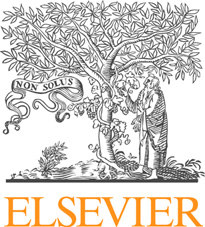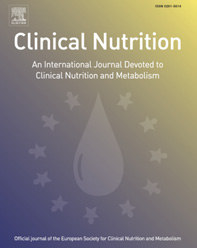Microsoft word - naturaleza muerta.doc
NATURALEZA MUERTA1 Notas sobre escenas ecopolíticas del fin de milenio Roberto Fernández La tecnología es la naturaleza desprovista de lujuria D. De Lillo, Ruido de Fondo , Editorial Circe, Barcelona, 1994, p. 349 De inicio, una pequeña reflexión sobre el título. Las naturalezas muertas nombran en el arte a un género de pintura descriptiva en donde el eje temáti


 Author's personal copy
Author's personal copy Author's personal copy
Author's personal copy Author's personal copy
Author's personal copy Author's personal copy
Author's personal copy Author's personal copy
Author's personal copy Author's personal copy
Author's personal copy Author's personal copy
Author's personal copy Author's personal copy
Author's personal copy